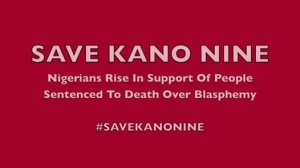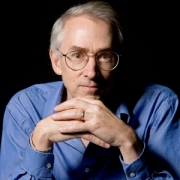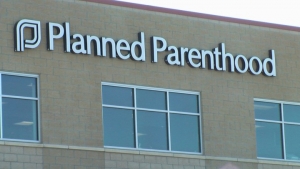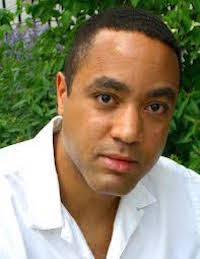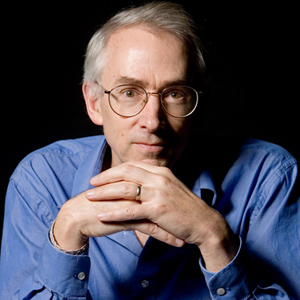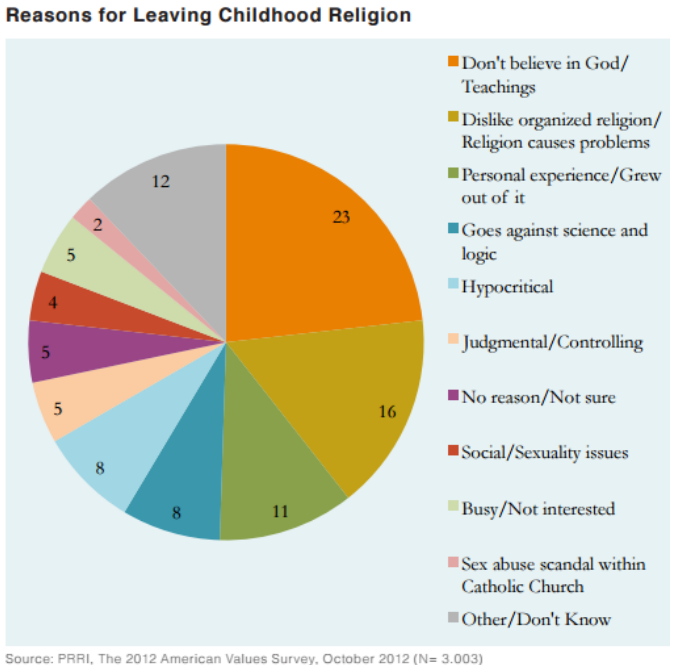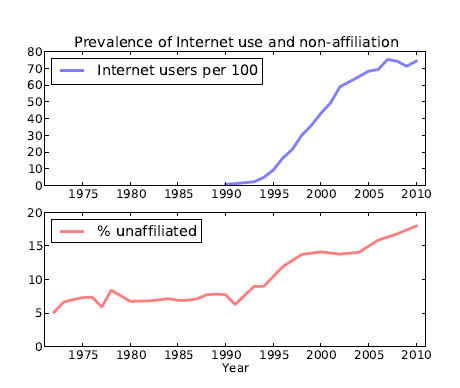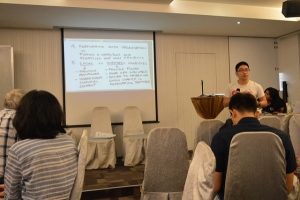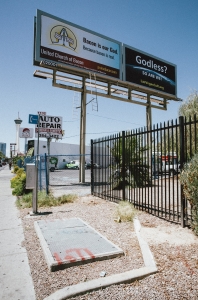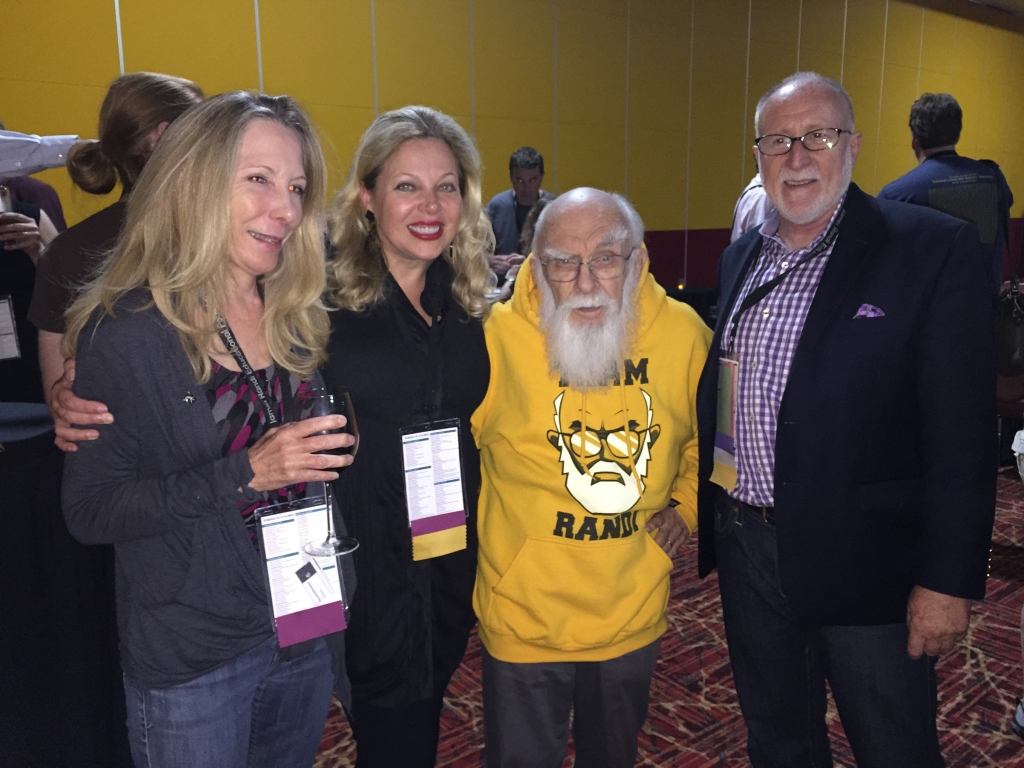The vote was 53-46; the measure failed the get the 60 votes needed to overcome a Democratic filibuster on bringing the bill up for debate.
President Obama has just announced America’s Clean Power Plan — the biggest and most important step our country has taken in the fight against climate change. Secular Policy Institute┬áhas numerous climate change briefings planned for this fall. ┬á
Our power plants are responsible for about a third of America’s carbon pollution — more than our cars, airplanes, and homes combined — and that pollution is fueling climate change. But until now, there have never been federal limits on how much carbon pollution existing power plants may┬ágenerate.
The Clean Power Plan sets the first-ever carbon pollution standards for these power plants, while providing states and utilities with the flexibility they need to meet those standards.

Get the facts on the Clean Power Plan at WhiteHouse.gov/Climate-Change.
You’ve heard the numbers by now: 2014 was Earth’s warmest year on record. Fourteen out of the fifteen┬áwarmest years on record fell in the 21st Century. Earth’s current levels of carbon dioxide–┬áwhich heats up our atmosphere– are the highest they’ve been in 800,000 years.
We can see the effects of the changing climate in our everyday lives. Our summers are hotter. Our droughts are deeper. Our wildfire seasons are longer. Our storms are more severe. And these disasters are becoming more frequent, more expensive, and more dangerous.
But as President Obama said, “There is such a thing as being too late when it comes to climate change.”
That’s why he directed the Environmental Protection Agency in 2013 to tackle the issue of carbon pollution from our power plants — and today’s plan sets the first-ever nationwide limits on this pollution.
By 2030, this new plan will reduce carbon pollution from our power plants by 32% from 2005 levels. In total, it will keep 870 million tons of carbon dioxide pollution out of the atmosphere — the equivalent of taking 166 million cars off the road.
Because of this plan and other steps we’ve taken to combat climate change, we’ll reduce premature deaths from power plant emissions by nearly 90% by 2030, and we’ll see 90,000 fewer asthma attacks among our children each year.
Combined with more investments in clean energy, smarter investments in energy efficiency, and a global climate agreement by the end of this year, we can slow — and maybe eventually stop — the harm we’ve inflicted on our climate over the past century.
Secular Policy Meets With Canadian Secular Alliance
On Tuesday, August 4th I met with Greg Oliver and Justin Trottier, the current president and founding president, respectively, of Canadian Secular Alliance. The Alliance handles the government affairs efforts in Canada.  We discussed best practices in lobbying and some of the challenges that secular groups face.  For example, in Ontario the Provençal government favors Catholic education, as it funds Catholic schools but not schools with any other religious affiliation. This is a major conflict of interest in the separation of church and state, as such schools sometimes discriminate in the following ways:
– LGBT student groups are barred, harassed or otherwise not welcomed;
– Only the right type of Catholic need apply to teach – one teacher was recently dismissed because he and his wife had a civil wedding and not one in the Catholic Church – and all with tax-payer money.
Secular Policy Institute will hold briefings about the Pope with Congressional staff in order to warn them about his September 17th visit, as well as remind them of the necessity of separation of religion and government.  Due to visits and influence of the Pope, numerous secular groups are reporting that government officials are moving to bring Catholic religious education back into the public schools.  We have heard from Gautemala and Argentina thus far and are working on SPI sign-on letters.

Religious Schools Double In Last 20 Years
